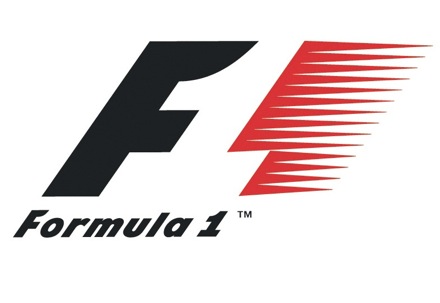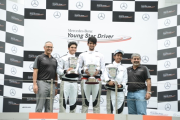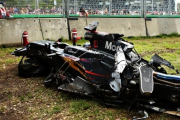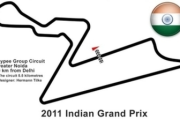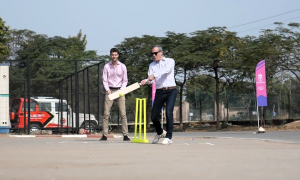The season of Formula One 2015 is about to start and this time there are many changes in the regulation made by the Federation International de Automobile (FIA). Over the past few years the trend has been to make Formula One more environment-friendly and hence have slowly moved away from loud and more powerful units. Last year saw the introduction of the 1.6 litre turbocharged V6 power units from the earlier V8s.
This year no changes have been made to engine capacity however, the number of units that can be used has been reduced from to four as compared to five allowed in the previous season. Also the amount of engine development permitted will be halved as compared to 2014 and this trend will continue as teams next season will be permitted half of this year’s engine development.
The severe criticism on the ugly noses has now made FIA amend the rules on front noses specifying the minimum cross section at a liner rate in order to achieve a finger shape seen in 2014 cars. Also the nose design should be symmetrical and should be consistent with the design of the car to prevent exotic nose designs. An interesting change is that drivers cannot change the design of their helmets before the end of the season.
A respite to the teams has been in terms of the minimum weight has been given by increasing it to 702Kg. This however will mean that cars will become slower as compared to last year. Anti-intrusion panels around the drivers head and the rim of the cockpit is to be incorporated to increase safety of drivers. FIA approved the use of 2014 specification chassis in this season after initially asking teams to develop completely new chassis for 2015. This was done looking at the financial struggles faced by various teams in last season. However, a request by Manor F1 team to use old 2014 chassis was rejected by all teams and subsequently they were allowed to use the 2014 model of Ferrari power units for the upcoming 2015 season.
From this season, the replacement of a complete power unit will no longer result in a penalty but instead teams will be penalised for replacements of components of the power unit. Also the FIA has decided to penalise the teams for such penalties in that race itself in form of time penalty or stop and go pit stop rather than carry them into the next races. The pit-to-car communication has been curbed to a large extend by putting a ban on technical data sharing between team and driver which includes information like fuel consumption and individual car settings.
A new and significant change that is proposed to be introduced this year is the virtual safety car (VSC) which will require drivers to drive within an indicated safe speed on the driver’s steering wheel after a crash or accident takes place. This will primarily be used in situations where field marshals or debris on the track need to be cleared and no safety car is required. Also, this season when the race is suspended due to poor track conditions or other problems, the cars no longer will line up on the grid but proceed to the pit instead. The pit exit will be closed and the order of the cars coming into the pit will be the order when they resume the race from the pits again.
After the horrifying accident of Bianchi in last year’s Japanese Grand Prix, the start times of five Grand Prix have been preponed by an hour. This is done to make sure that races do not start with less than four hours until dusk. Thus, the Australian, Chinese, Malaysian, Japanese and Russian Grand Prix will be starting an hour earlier as compared to 2014.
The double point system introduced last year to make the final race more interesting has been abolished this season which has received positive reviews from all the teams and drivers. The season of 2015 with the changes in weight and safety procedures tries to make Formula One races more competitive and spectator friendly on paper but only time can tell if it is truly the case on the track as well.
Tags: Drivers, F1, Federation International de Automobile, FIA, Formula One 2015, Grand Prix, Motorsports, VSC

